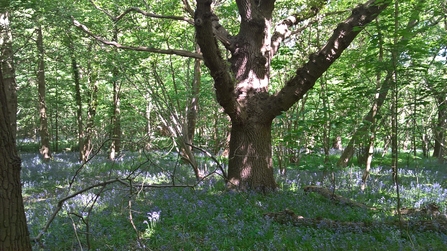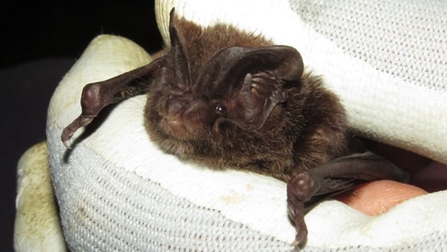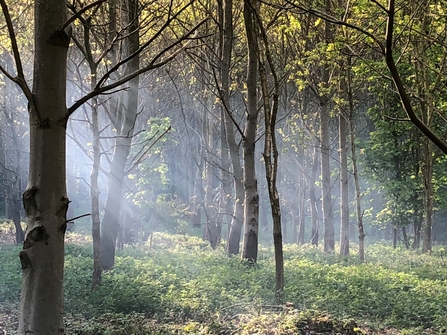Following yesterday's announcement that Norfolk County Council has given the green light for a planning application to be submitted for the Norwich Western Link road, we, alongside other environmental organisations and community groups, continue to raise grave concerns about the damage the road would do to wildlife and the landscape.
We warn that the Western Link would result in the destruction of a well-connected network of vital wildlife habitats, including ancient woodlands and trees, grasslands, chalk streams and floodplain.
In addition to spelling disaster for a newly discovered 'super-colony' of rare barbastelle bats, the road scheme would:
- Permanently damage the River Wensum Site of Special Scientific Interest (SSSI) and Special Area of Conservation (SAC) with polluted surface water run-off.
- Destroy parts of three County Wildlife Sites including mature woodland habitats and veteran trees.
- Harm the breeding success of vulnerable species living within the landscape, including linnet, yellowhammer and skylark.
- Pose a risk to globally endangered white-clawed crayfish and a rich variety of beetles and mayflies.
- Result in woodland species including owls, bats and badgers being injured and killed by vehicles.
- Disturb a wide range of wildlife, including bats and birds, with noise and lights and from vehicles using the road.
- Exacerbate harmful impacts of climate change on wildlife and people.




